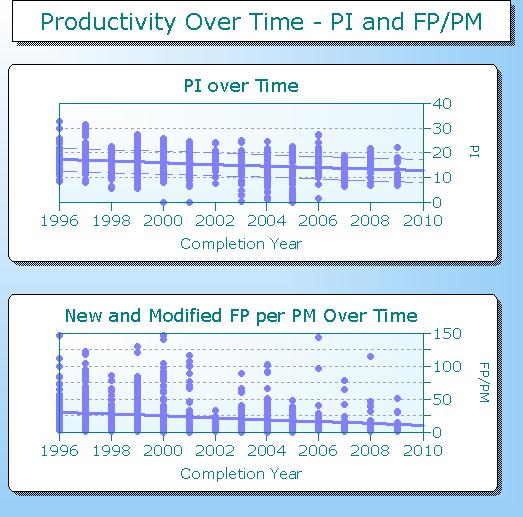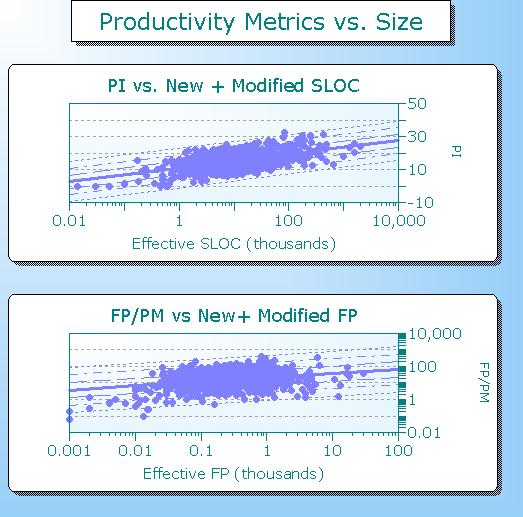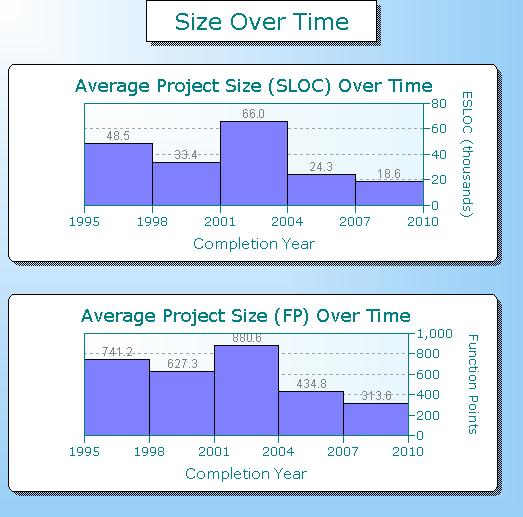2011 IT Maintenance and Offshoring Survey
QSM invites developers of financial services and Business/IT applications to participate in their 2011 IT Maintenance and Offshoring Survey. Software development organizations are always curious about how they stack up against the industry. With your help, we hope to provide insight into how major software developers budget, staff, and measure their maintenance and offshore development. Key analysis areas include:
- How much do IT shops typically spend on application maintenance vs. new development/enhancements?
- What project types and skills are most likely to be offshored?
- How does offshore development stack up in terms of productivity and quality?
- What are the challenges and constraints of the offshore development environment?
At the conclusion of the survey, participants will receive an electronic copy of the QSM IT Almanac and a free industry summary report that analyzes typical development vs. maintenance budgets and offshore spending and resource mixes by software function, platform, and skill.
Who should complete the survey?
This survey is primarily focused on major financial services software firms, but IT systems developers are also welcome to participate.
Survey Timeline
The survey will begin Monday, April 18th and close on Friday, April 29th, 2011.

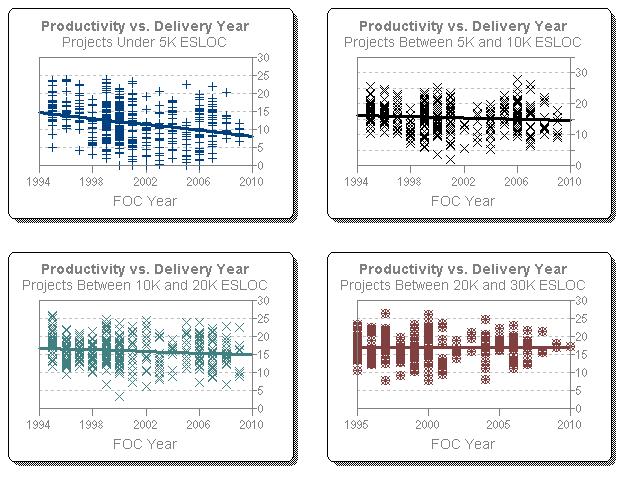
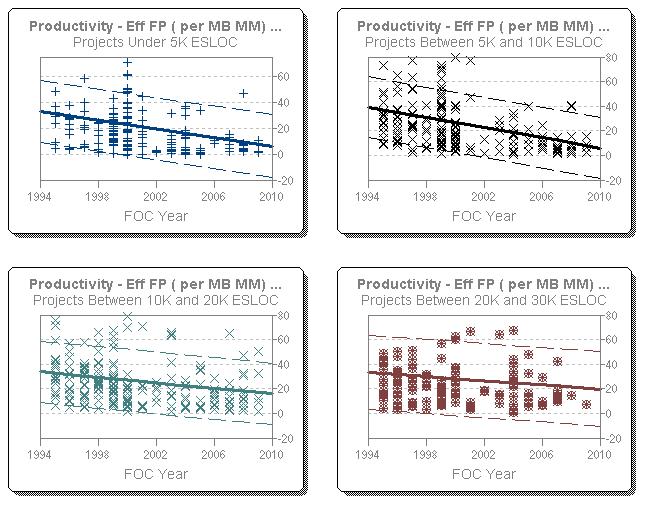
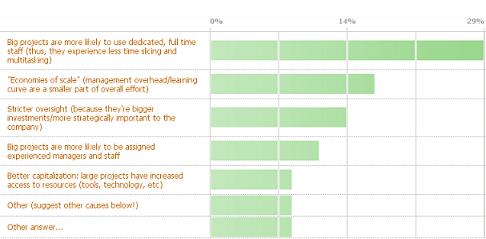
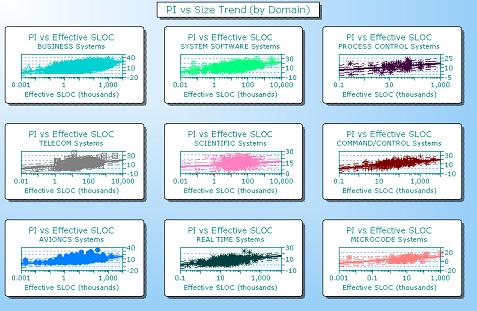
 Back in great-Grandma's time, cleaning was a labor intensive endeavor. Rugs were swept once or twice a week and taken outside and beaten by hand once a year. Those cheery little scrubbing bubbles weren't around to whisk the pesky soap scum from our bathtubs -
Back in great-Grandma's time, cleaning was a labor intensive endeavor. Rugs were swept once or twice a week and taken outside and beaten by hand once a year. Those cheery little scrubbing bubbles weren't around to whisk the pesky soap scum from our bathtubs - 